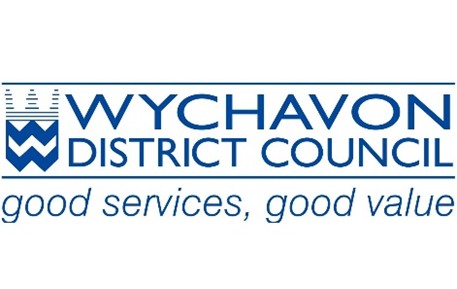Wine Farmer's Guide to Success: 10 Key Strategies for Thriving Vineyards
The art and science of viticulture have been around for thousands of years, yet the challenges and intricacies remain as complex as ever. As a wine farmer, you need a comprehensive approach to succeed. Here are 10 key strategies to ensure your vineyard not only survives but thrives.
1. Comprehensive Soil Analysis
Understanding the soil is the foundation of successful viticulture. For any wine farmer, conducting a comprehensive soil analysis is the first step. This gives insights into nutrient levels, soil texture, and pH levels, which are crucial for selecting the grape variety that will flourish in those conditions.
2. Optimal Grape Variety Selection
Different grape varieties suit various conditions. As a wine farmer, local climate, altitude, and soil will influence which grape types will yield the best fruit. Research and consult experts to identify the grape variety that is best suited for your region.
3. Climate Adaptation
For a wine farmer, understanding the macro and microclimates of your vineyard is essential. These climatic conditions can help you decide on planting strategies, irrigation systems, and even the orientation of the grapevines.
4. Efficient Irrigation Systems
Every wine farmer knows that efficient water management is key, especially in regions where water is scarce. Drip irrigation systems are often recommended for their water efficiency, but the system you choose should be based on the specific needs of your vineyard.
5. Effective Pest and Disease Management
Grapes are susceptible to various pests and diseases, such as mildew and grapevine moths. As a wine farmer, timely interventions, often guided by Integrated Pest Management (IPM) strategies, are essential to protect your crop.
6. Pruning and Canopy Management
Proper pruning and canopy management are critical for any wine farmer. The way you manage the grapevine canopy can influence the quality of the grapes. Proper pruning allows adequate sunlight and air circulation, essential for grape maturation and disease management.
7. Harvest Timing
The timing of the harvest impacts the quality of the wine. Too early or too late can result in wine that is either too acidic or too sugary. Use metrics like Brix levels, pH, and taste tests to determine the ideal harvest time.
8. Advanced Technology Integration
As a wine farmer in the modern era, the use of technology can make vineyard management more efficient. Drones can assess plant health from above, while software can keep track of harvest data, irrigation schedules, and more.
9. Marketing and Branding
To succeed in the competitive wine industry, strong branding and marketing strategies are essential. This includes everything from an attractive label design to digital marketing and distribution channels.
10. Sustainable Practices
With increasing consumer interest in sustainable and organic wines, incorporating these practices not only helps the planet but can also boost your market value.
Wine Farmer’s Summary
A thriving vineyard doesn’t happen by chance; it’s the result of meticulous planning, relentless effort, and continuous learning. By integrating these key strategies into your wine farming practices, you can build a resilient, profitable, and long-lasting vineyard that stands the test of time.
The road to a successful vineyard can be complicated, but for the committed wine farmer, implementing these key strategies can pave the way to success. If you’re passionate about viticulture and committed to excellence, there’s no limit to what you can achieve. For more insights, tips, and tools to help you succeed in the vineyard, subscribe to our newsletter today!
Want to learn more?



